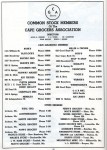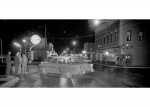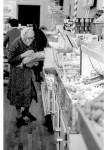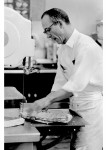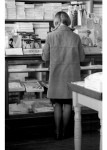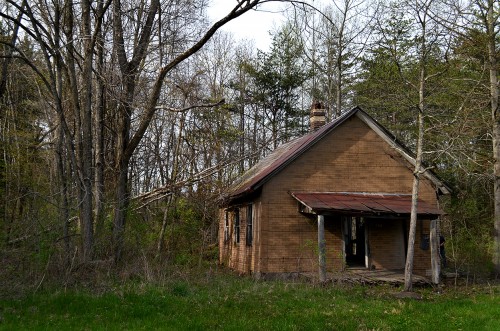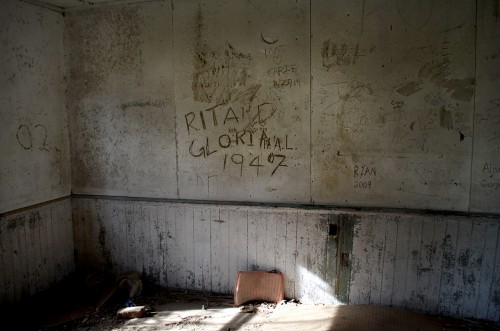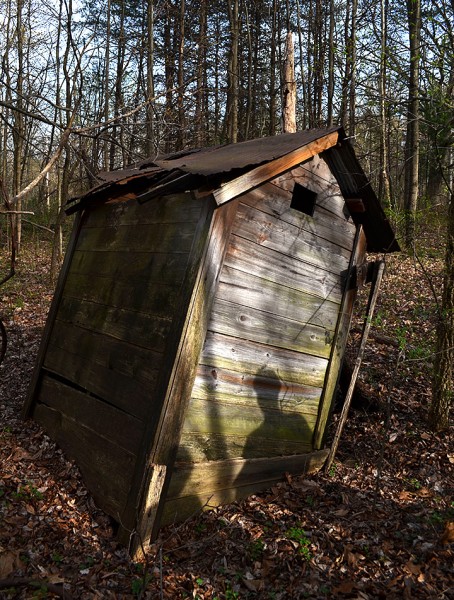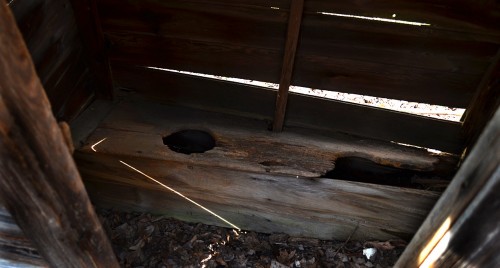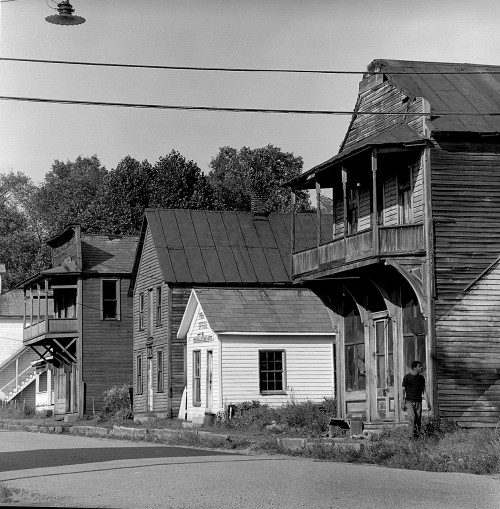 In my Ohio days, I spent a lot of time documenting dying coal towns. Rendville was one of them. It was one of the few town that had a sizable black population, partially because William P. Rend, a Chicago businessman who operated a coal mine there, paid black and white workers the same wages.
In my Ohio days, I spent a lot of time documenting dying coal towns. Rendville was one of them. It was one of the few town that had a sizable black population, partially because William P. Rend, a Chicago businessman who operated a coal mine there, paid black and white workers the same wages.
Click on the photos to make them larger. The black and white photos are square because I shot them with a 2-1/4 x 2-1/4 camera instead of my usual 35mm Nikon. I rarely used that format because it didn’t “feel” right to me.
Strange message on building
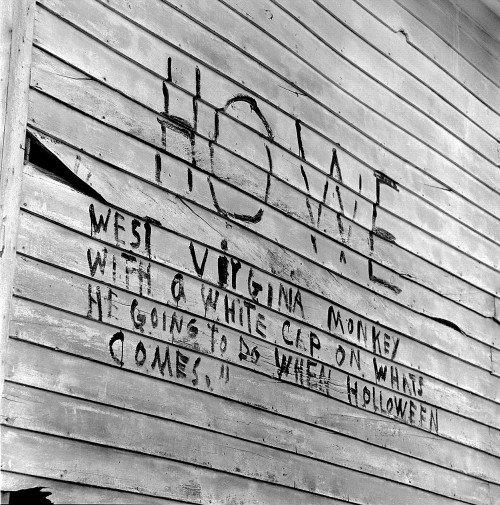 I never have been able to figure out this cryptic message on the side of a building means. “HOWE – West Virginia monkey with a white cap on. What’s he going to do when Halloween comes.” was what it said.
I never have been able to figure out this cryptic message on the side of a building means. “HOWE – West Virginia monkey with a white cap on. What’s he going to do when Halloween comes.” was what it said.
Ohio’s smallest town
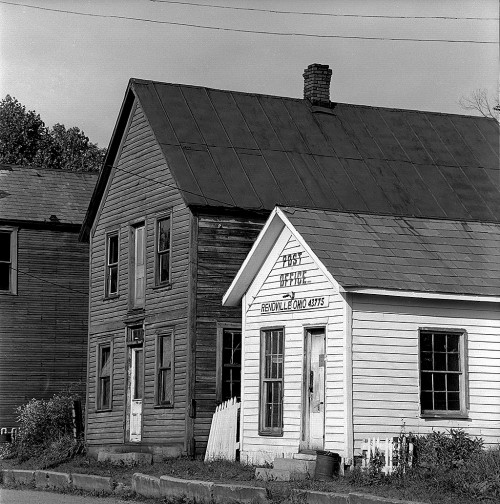 A 2011 Columbus Dispatch story said that Rendville, population 36, was the smallest village in Ohio. During the 1880s’ boom days, the population was about 300 “coloreds” and about 1,500 whites. The town averaged one bar for every 25 residents.
A 2011 Columbus Dispatch story said that Rendville, population 36, was the smallest village in Ohio. During the 1880s’ boom days, the population was about 300 “coloreds” and about 1,500 whites. The town averaged one bar for every 25 residents.
By the 1890s, the mines were starting to go bust and the village was down to about 225 families, and they needed assistance from the state for food. In 1901, a fire wiped out sixteen buildings, including the town hall, at least one store and a Baptist church.
There was a brief economic uptick during World War I, but the depression hit Rendville hard. By the 1940s, the town boasted only two stores, one bar, a post office and a few over 100 hundred homes.
City Hall and hanging tree
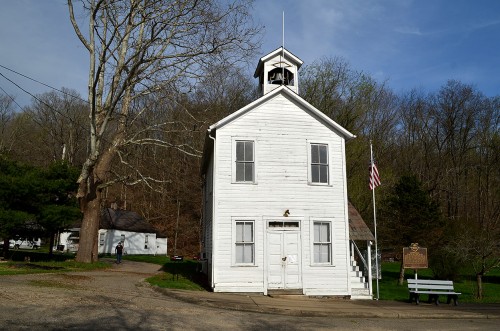 I haven’t seen any printed references to the Rendville hanging tree, but three people within an hour made reference to it. It’s the tree to the left of the City Hall in this photo taken this month.
I haven’t seen any printed references to the Rendville hanging tree, but three people within an hour made reference to it. It’s the tree to the left of the City Hall in this photo taken this month.
One man said it would be logical because the jail used to be located right behind city hall. Read this Rendville’s cemetery mystery to get a sense of what a small town it is.
Jackson’s hanging tree
 Cape Girardeau County had a hanging tree behind the Jackson courthouse.
Cape Girardeau County had a hanging tree behind the Jackson courthouse.
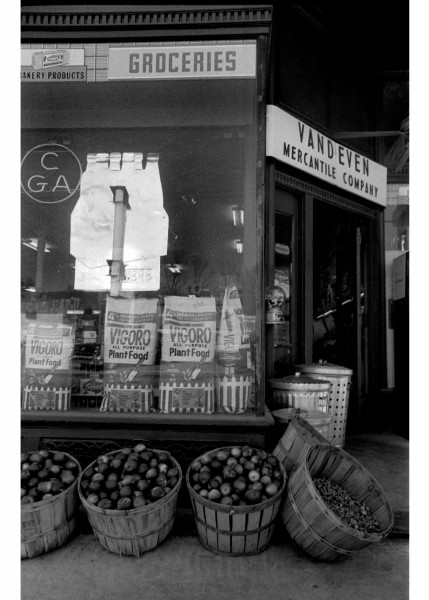 I can tell when the term is ending at Southeast Missouri State University. That’s when I start getting requests for information and photos about Cape landmarks and businesses.
I can tell when the term is ending at Southeast Missouri State University. That’s when I start getting requests for information and photos about Cape landmarks and businesses.
